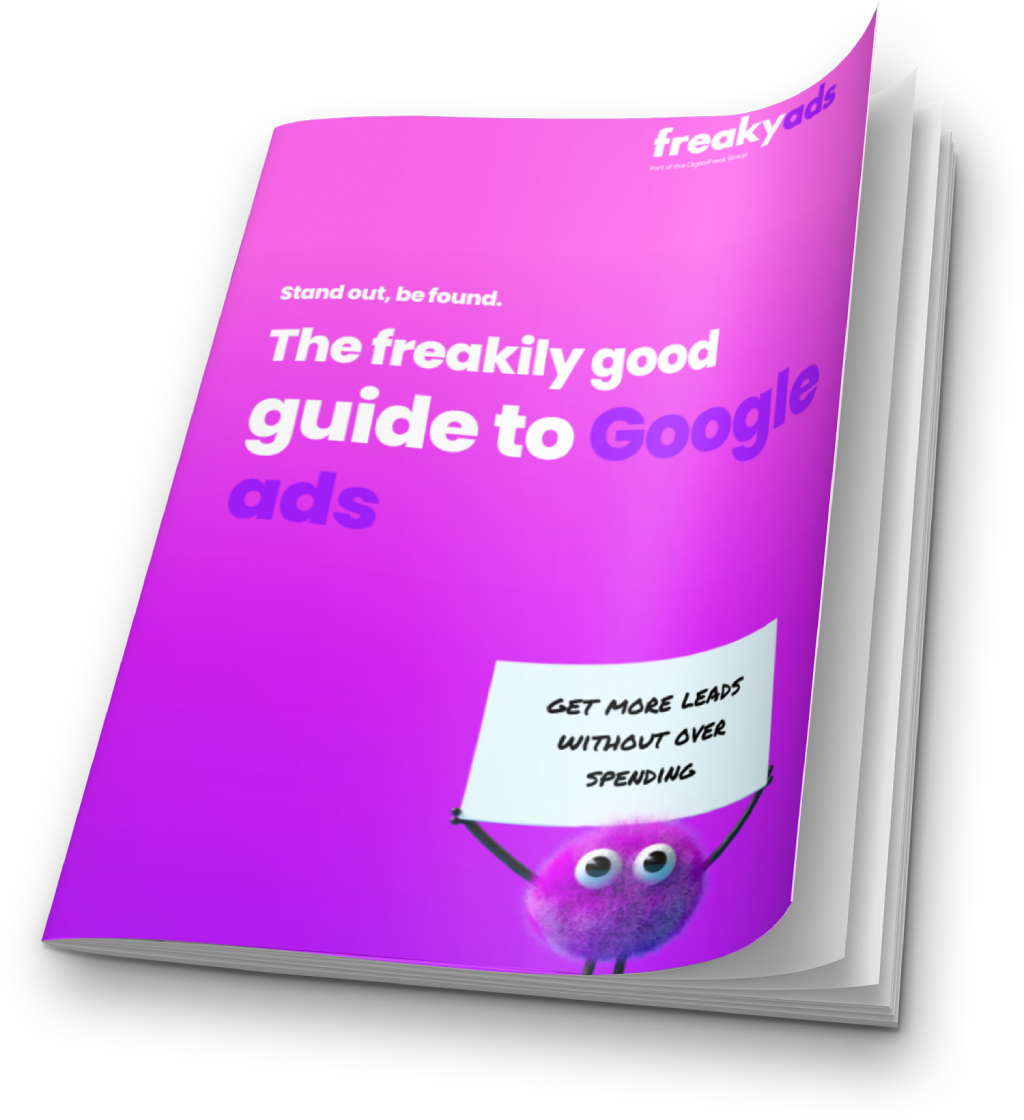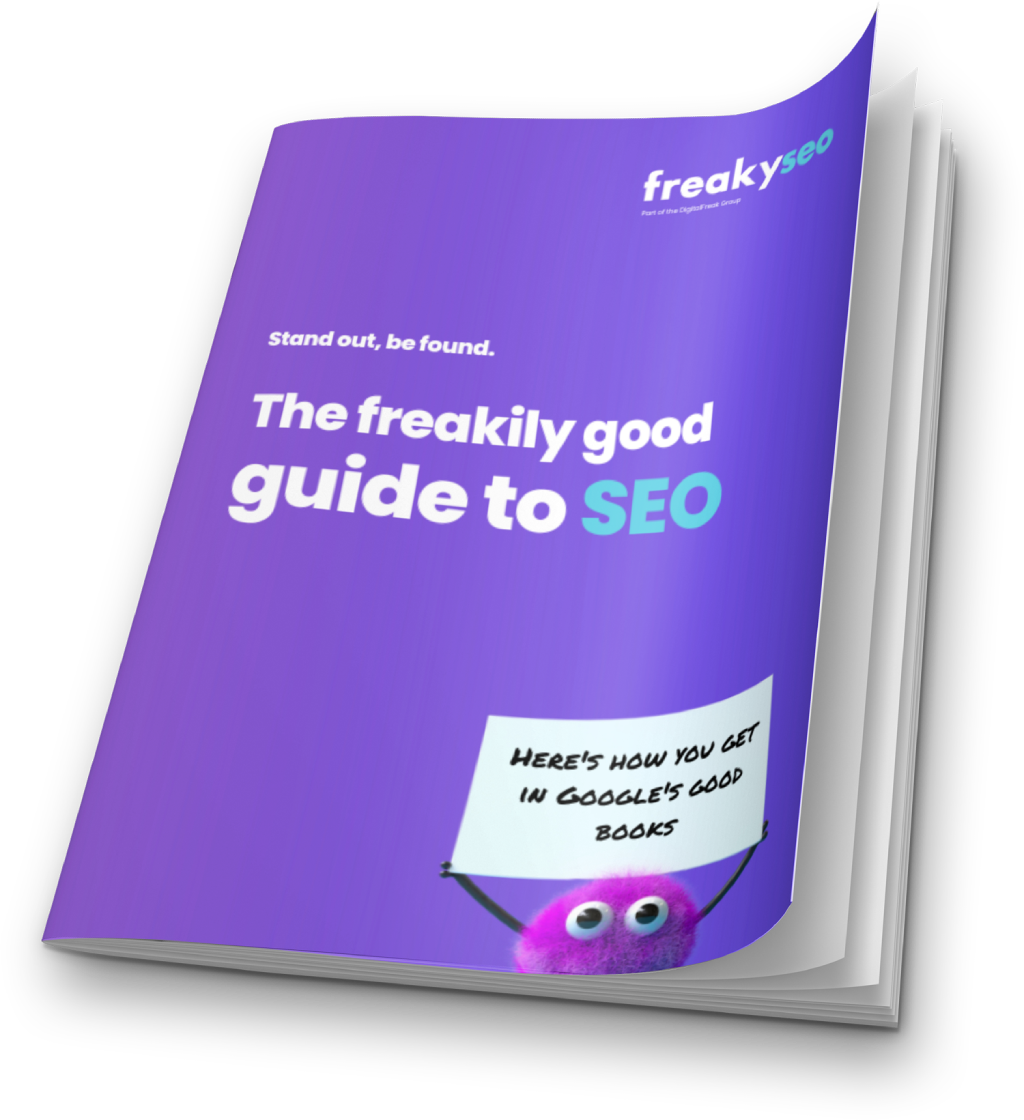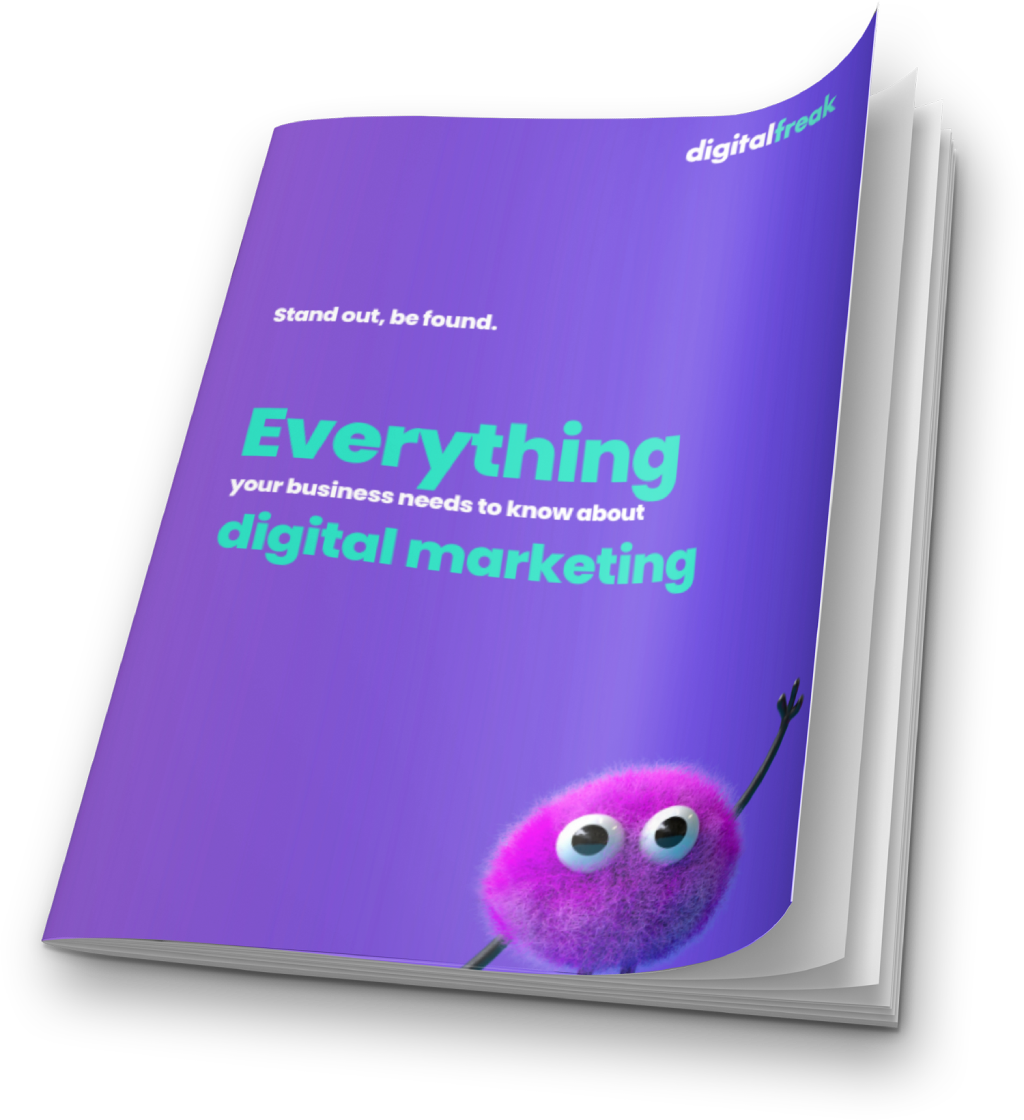If you’re running a business with dreams of global domination (or at least a few international customers), here’s a hot truth: one-size-fits-all marketing just doesn’t cut it anymore.
While many small businesses focus on growth at home first—which totally makes sense—those looking to expand their reach and build a loyal customer base across multiple regions need to get serious about tailoring their approach. That means speaking your customer’s language (not just literally), understanding their local preferences, and knowing which marketing channels they’re actually paying attention to.
In other words, marketing today is all about being globally consistent, but locally relevant.
And it’s not just us saying that.
CleverTap’s latest market research report, Unravelling the Cross-Channel Marketing Strategy, offers compelling insights into why cross-channel marketing is more effective when it’s personalised by geography, industry, and customer lifecycle stage. The big takeaway? Businesses that adapt their omni-channel strategies based on regional and audience-specific insights see significantly better results—higher conversion rates, better app engagement, and more loyal customers.
Let’s break it down.
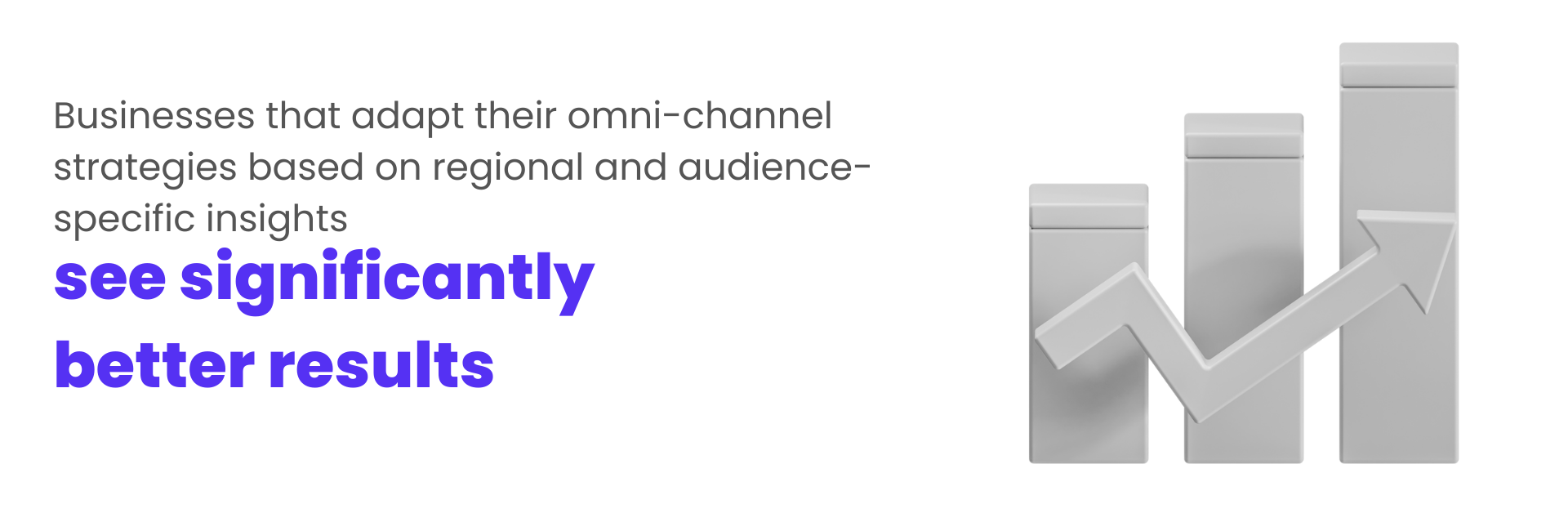
What’s Cross-Channel Marketing and Why Should You Care?
Cross-channel (or omni-channel) marketing is exactly what it sounds like: using multiple channels to connect with customers. This includes everything from email and SMS to push notifications, WhatsApp, in-app messaging, social media, and more.
But here’s the kicker—just being present on multiple platforms isn’t enough. It’s about choosing the right mix of channels depending on your industry, audience, growth stage, and most importantly, where your customer is in their journey with your brand.
CleverTap analysed data from over 600 businesses worldwide and found that companies using four or more channels in their strategy saw a 49% increase in conversions. That’s huge.
And when you dig into the regional results, it gets even more interesting!
Channel Preferences Around the World: Not All Platforms Are Created Equal
If you’re thinking email is the be-all and end-all of digital marketing—think again.
While email is still dominant in the US and UK (particularly for fintech and subscription businesses), it’s far from the only game in town.
Here’s how things look globally:
- SMS continues to thrive in China and the US.
- WhatsApp is a powerhouse in South America and Asia.
- Push notifications and in-app messages perform strongly across fintech, gaming, and subscription services.
- Social media (especially TikTok, Instagram and Pinterest) is rapidly becoming the top driver of brand discovery for younger audiences.
That means a clever cross-channel strategy might look very different depending on who—and where—you’re targeting. For a fintech app in the UK, email marketing and push notifications might drive the most engagement. But in Brazil or India? WhatsApp should be front and centre.
The key is localising your strategy without losing your brand’s global identity. Think of it like fast food chains that adapt their menus to local tastes (McPaneer anyone?)—same branding, different flavours.
Cross-Channel Wins: What the Data Shows
Let’s get into the juicy results CleverTap uncovered:
Engagement Rates:
- Fintech platforms saw a 23% boost with a combo of email, push notifications and in-app messages.
- Subscription platforms saw up to 20%+ engagement when combining email with other channels.
- Gaming platforms got a 13% lift using a mix of in-app, inbox and email.
Conversion Rates:
- Fintech apps saw up to 31% conversion from multi-channel strategies.
- Subscription apps got a 16% lift from push and in-app messages.
- Gaming? 10% more conversions with cross-channel comms.
- Ecommerce? A modest but still solid 6% bump using in-app, email, inbox and push.
App Stickiness (people actually coming back):
- Fintech platforms saw a 28% increase with 3+ channels.
- Subscription apps—especially those in groceries or streaming—saw stickiness rise 30% to 70% with 2–4 channels.
- Gaming and eCommerce platforms also saw stickiness improve by 26–32% with 3+ channels.
The bottom line? If you’re only using one or two marketing channels, you’re leaving serious customer engagement and revenue on the table.

Influencers, Trust, and the Rise of Social Commerce
Speaking of channels, let’s talk about a marketing juggernaut you definitely can’t ignore—social media.
According to GWI’s Social Media Trends Report, people are increasingly discovering new brands and products through social media ads, recommendations, and influencer content.
In fact:
- 38% of people now find new brands via social media (more than search engines at 37% or TV ads at 35%).
- In the UK alone, the number of 12–15 year olds using social platforms to find products has jumped by 22% in a year.
- Globally, 20% of women aged 18–24 are buying skincare after seeing it recommended by influencers.
And it’s not just the kids. Across all age groups, people who follow influencers are 81% more likely to use social media to shop and 17% more likely to have bought something online in the last week. Interested in finding out more about social sales in your sector? Use our FREE social ad benchmarking tool!
Influencers are making an impact—but with a twist.
Clout Is Cool, but Trust Is King
Here’s where things get interesting: while influencers are great for grabbing attention, it’s trust that converts that attention into sales.
GWI’s findings show:
- Only 1 in 10 UK consumers say influencer recommendations alone will make them buy something.
- But 43% say a good discount will do the trick.
- Among people who do buy from influencer recs, trustworthiness ranks as the third most important factor—after value and brand reputation.
So, what does that mean for your marketing strategy?
Use influencer marketing to build awareness and aspiration, but back it up with:
- Authentic messaging
- Solid brand values
- Great offers and real value
TikTok, Pinterest and the Shift to ‘Inspo-Driven’ Shopping
Another shift worth paying attention to is how platforms like TikTok and Pinterest are influencing buyer journeys—especially for younger demographics.
TikTok has exploded as a platform for product discovery, with consumers actively following brands and making purchases via TikTok Shop. Over 40% of TikTok shoppers said they bought from a brand they discovered in-app.
Meanwhile, Pinterest is quietly thriving as a style and home inspo platform—especially with Gen Z:
- 39% of Pinners use the platform for style inspiration, making Pinterest ads a great opportunity for home products, lifestyle tech, wellness products, and fashion.
- Gen Z users are 54% more likely than average to use Pinterest—and it’s growing fast.
Inspo-led marketing isn’t just about pretty pictures. It’s about:
- Helping your customers visualise themselves using your product.
- Creating content that aligns with their lifestyle and aspirations.
- Being part of the discovery phase—not just the purchase phase.
That could mean investing more in visual storytelling, how-to guides, aspirational content, or working with creators who genuinely love and use your product.
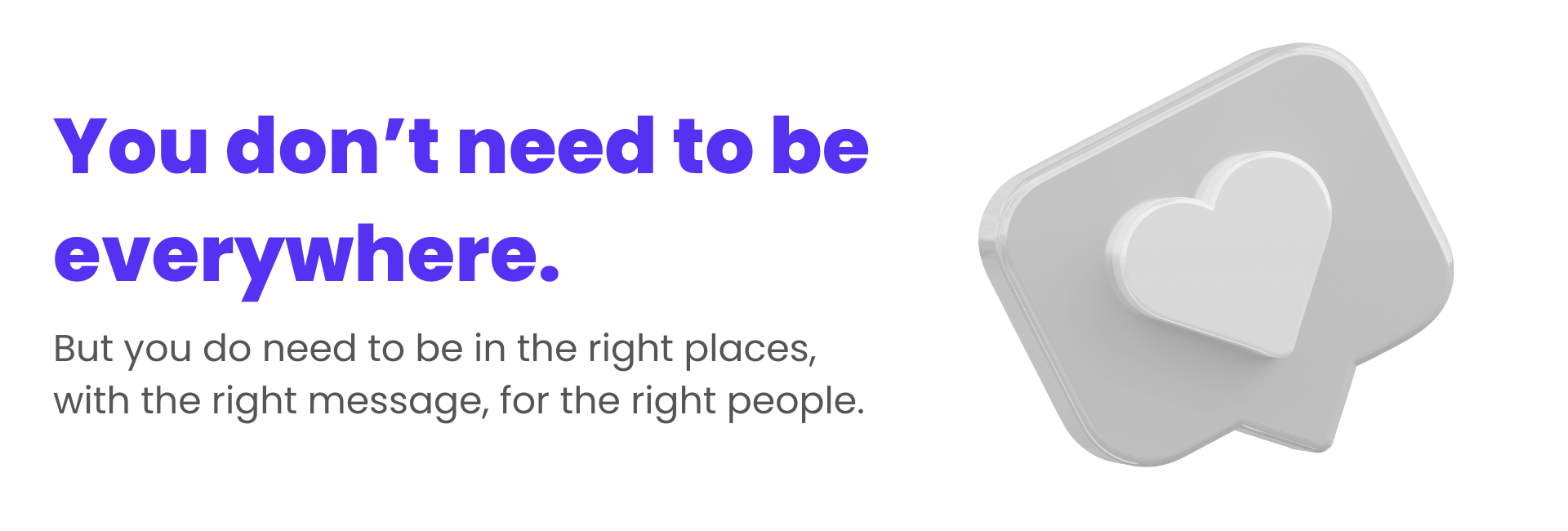
How to Make It Work for Your Business (Without Losing Your Mind)
Alright, we’ve hit you with a lot of data—but here’s what it all boils down to:
You don’t need to be everywhere. But you do need to be in the right places, with the right message, for the right people.
Here’s how to get started:
- Audit your audience – Where are they? What platforms do they use? How do they shop?
- Segment by geography and lifestyle – Customers in Melbourne and Mumbai might love your brand equally—but they’ll respond to different offers, content and timing.
- Build a channel matrix – Don’t just default to email. Test combinations of SMS, email, WhatsApp, social DMs, in-app messages, push, and influencers based on your audience. Benchmarks here are key, so check out our FREE email marketing benchmarking tool, our social ad benchmarking tool, and our tool for Google ads benchmarking.
- Layer in trust – Use influencers to build awareness, but make sure your messaging and brand values are rock solid. Authenticity wins.
- Optimise for each stage of growth – Early-stage startup? Focus on user onboarding and awareness. Scaling? Double down on engagement and lifetime value.
- Track your data – Watch where engagement and conversions are actually happening, and adjust accordingly.
Need a Hand with Cross-Channel Chaos?
We get it—managing content, messaging, and customer experience across multiple platforms is a lot. Especially if you’re a small business trying to punch above your weight.
That’s where we come in.
At Digital Freak, we help small and growing businesses tailor their marketing to local and global audiences without losing their spark. From digital branding strategies and creative video content to full-service SEO, Google Ads, social media marketing, and more—we build brand strategies that resonate, convert, and grow with you.
Let’s make your brand unforgettable, wherever your audience is.
Book a free strategy call today. Let’s talk about how we can freak out your marketing—in a good way.
FAQs
Why is tailoring digital marketing by region important?
Because your customers don’t all behave the same way! Regional preferences shape how people engage with content, shop online, and respond to marketing. Tailoring your strategy ensures you’re using the right channels, tone, and timing—maximising results. Ready to localise your marketing? Let’s chat—book a free call with Digital Freak!
What is cross-channel or omni-channel marketing?
It’s a strategy that uses multiple platforms—like email, SMS, social, push notifications, and more—to reach customers wherever they are. But it only works when those channels are used in the right mix for your audience. Need help building the perfect channel mix? Work with Digital Freak for smarter, sharper strategies.
Which channels work best for global marketing?
It depends on your audience! Email performs well in the US and UK, while WhatsApp dominates in Asia and South America. TikTok and Pinterest are growing fast with Gen Z. Local insights are key. Want to hit the right channel at the right time? Book a free strategy session with Digital Freak!
How many channels should I be using?
Using 4+ channels can boost conversions by up to 49%! But it’s not about quantity—it’s about the right mix for your audience, industry, and goals. Overwhelmed? Don’t be. Digital Freak’s marketing pros are ready to help. Let’s map and implement your cross-channel digital marketing strategy—book a free call now!
How do I know which marketing channels my audience prefers?
Start with data—look at where your audience engages most, survey your customers, and test campaigns on different platforms. Behaviour varies by region, age, and lifestyle. Tracking engagement helps you zero in on what works. Don’t guess—get smart insights with Digital Freak. Book a free strategy session and we’ll show you how!

Written by
Karyn Szulc – CEO, Founder
When clients work with me, they get exactly what they want - no-nonsense, authentic digital marketing that works! With my industry experience, eye for detail, and a team that goes the extra mile, every client gets the personalised, expert treatment they deserve. Let’s get you online – and growing!



